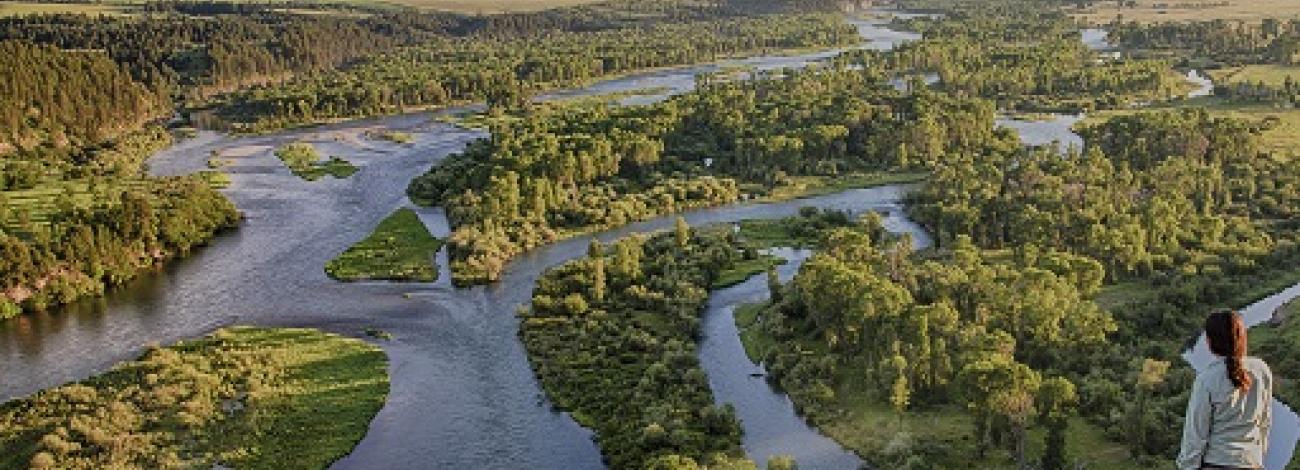
What we Manage in Idaho
Idaho’s public lands are a tapestry of canyons and deserts, grasslands and forests, valleys and mountains. They teem with wildlife and are braided with rivers and reminders of those who came before us. The BLM manages nearly 12 million acres of public land for multiple use in Idaho; this is 22 percent of the state’s land area. By strengthening existing and forging new partnerships with stakeholders, the BLM works to ensure that these lands are managed for present and future generations of Americans to use.
BLM Idaho manages activities on public lands including recreation, rangelands, timber, minerals, water, fish and wildlife, wilderness, air and soils, and scenic, scientific, and cultural values.
National Conservation Lands
These special areas include officially designated national monuments, national conservation areas, national historic and scenic trails, wild and scenic rivers, wilderness areas, and wilderness study areas. In Idaho, these special places comprise approximately 3.5 million acres of public land and include:
- Morley Nelson Snake River Birds of Prey National Conservation Area
- Craters of the Moon National Monument
- 16 Wild and Scenic Rivers covering 318 miles
- 8 Wilderness Areas covering 541,812 acres
- 41 Wilderness Study Areas 4 National Historic Trails covering 452 miles
- 1 National Scenic Trail covering 13 miles
Recreation
More than ever, people come to hike, raft and ride; to experience solitude; and to explore. Public lands in Idaho contain over 400 miles of nationally designated trails that provide various forms of recreation like hiking, mountain biking, horseback riding and off-highway vehicle riding. People also visit public lands in Idaho to camp, boat, climb, fish, hunt, and more.
Working Lands
Idaho’s public lands have always been working lands. Besides outstanding recreation opportunities, public lands produce minerals, timber, and livestock forage. In fact, BLM Idaho manages more than 320,000 acres of commercial forest land, and about 1,900 permittees graze livestock on Idaho’s public land. These abundant resources are vital to local communities in the state and country and return more than $13 million in annual revenue to the American people.
Fire Management
In Idaho, the BLM partners with local fire departments, private businesses and individual citizens to help reduce wildfire impacts on Idaho’s communities, economy and natural resources, as well as address rehabilitation of lands after fire.
Scientists and fish and wildlife experts have identified rangeland fire as the greatest threat to the survival of the Greater Sage-grouse in the Great Basin region. Protecting, conserving, and restoring the health of the sagebrush-steppe ecosystem and, in particular, Greater Sage-grouse habitat is a critical fire management priority for the BLM. To protect these landscapes for economic activity and wildlife like the Greater Sage-grouse, it’s a top priority for BLM to effectively and proactively address the threat of rangeland fires by creating resistant and resilient landscapes.
